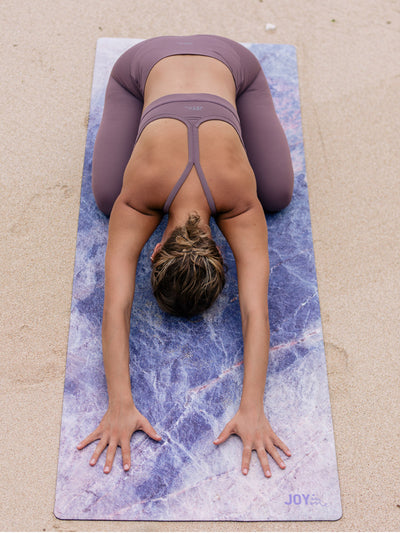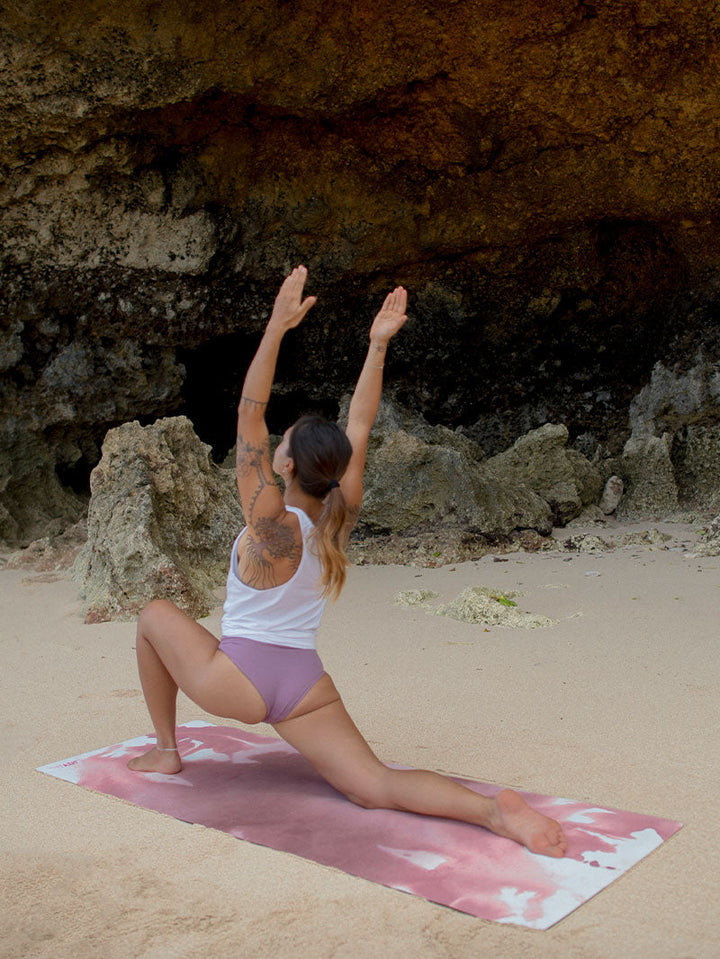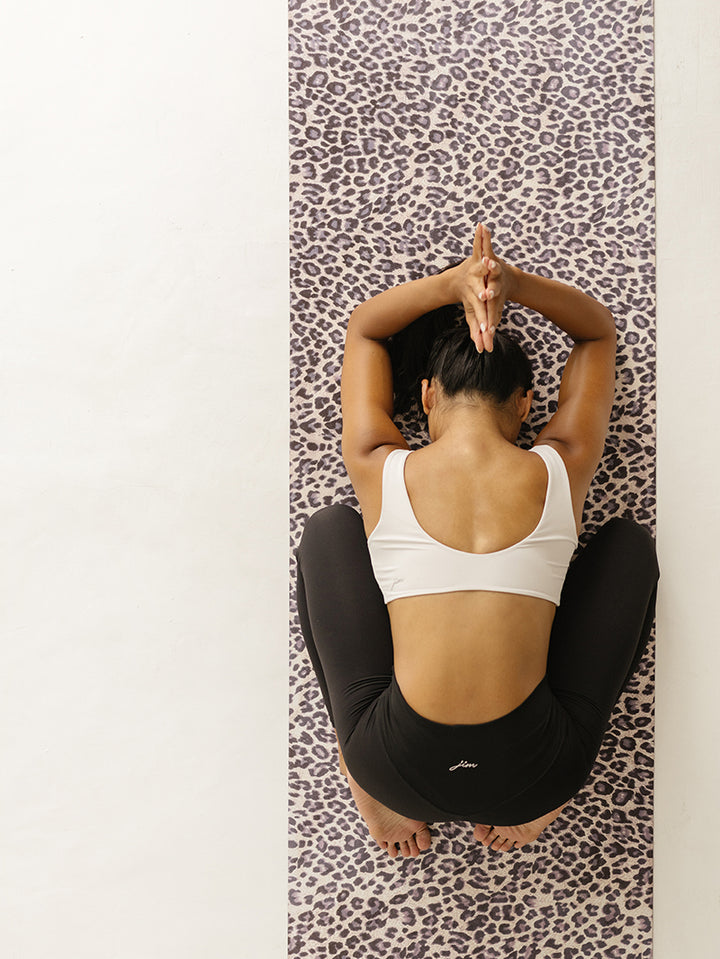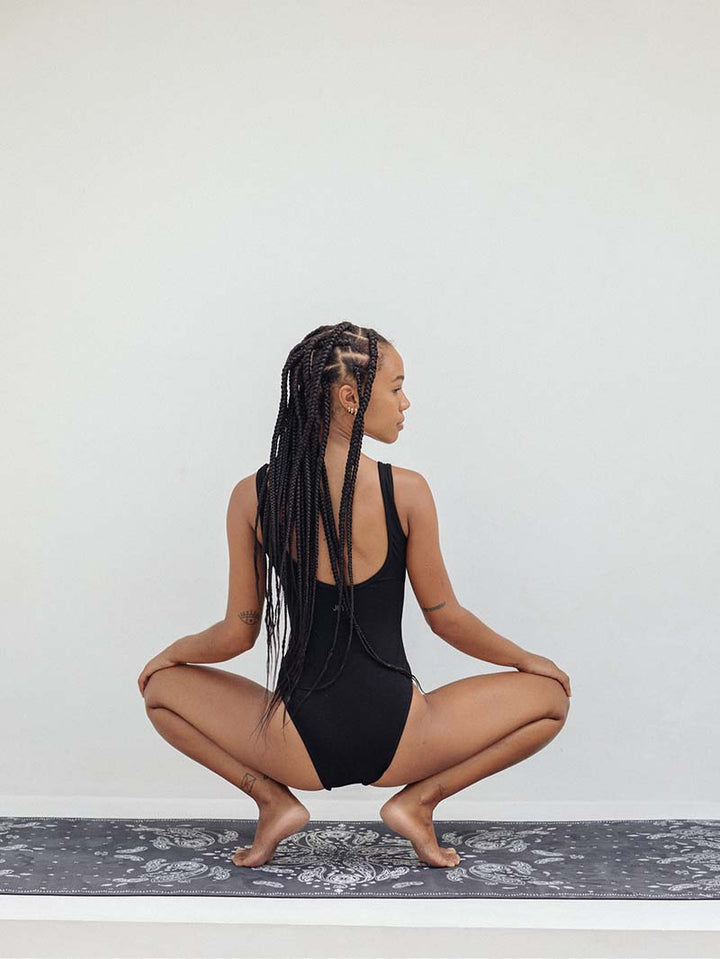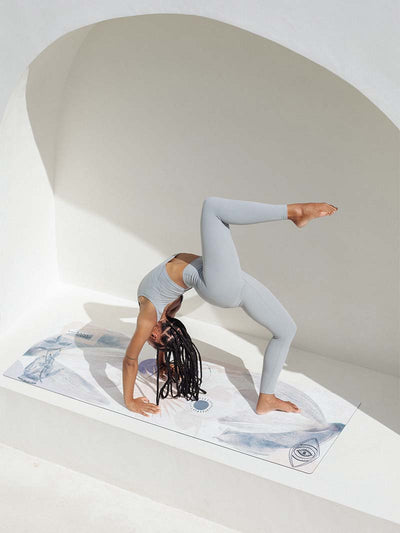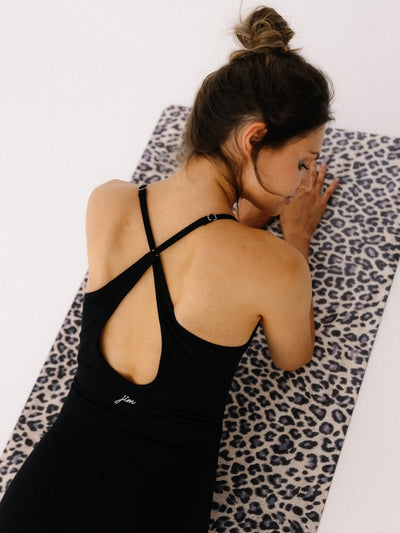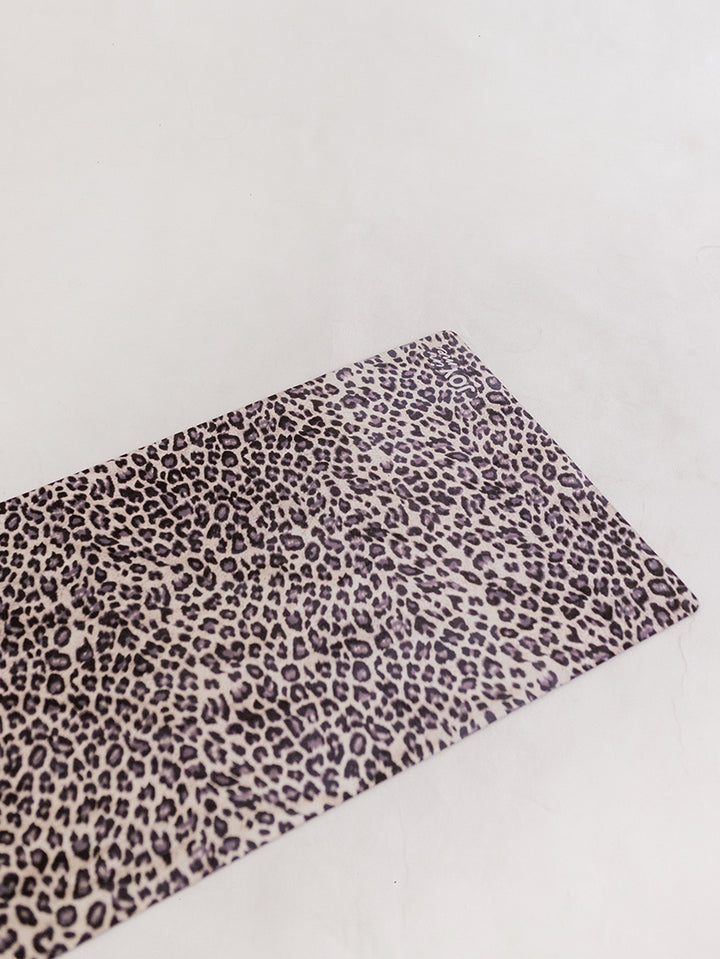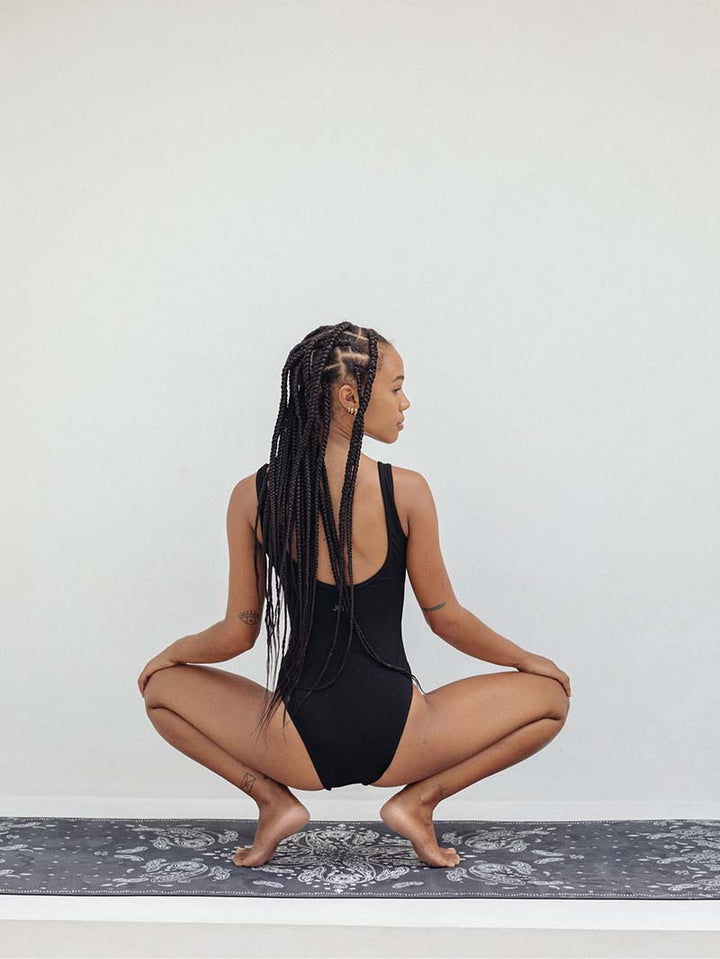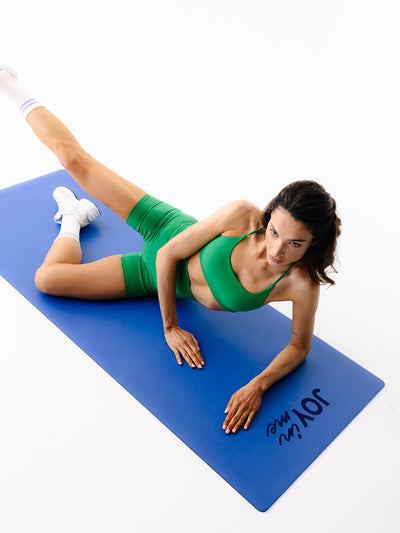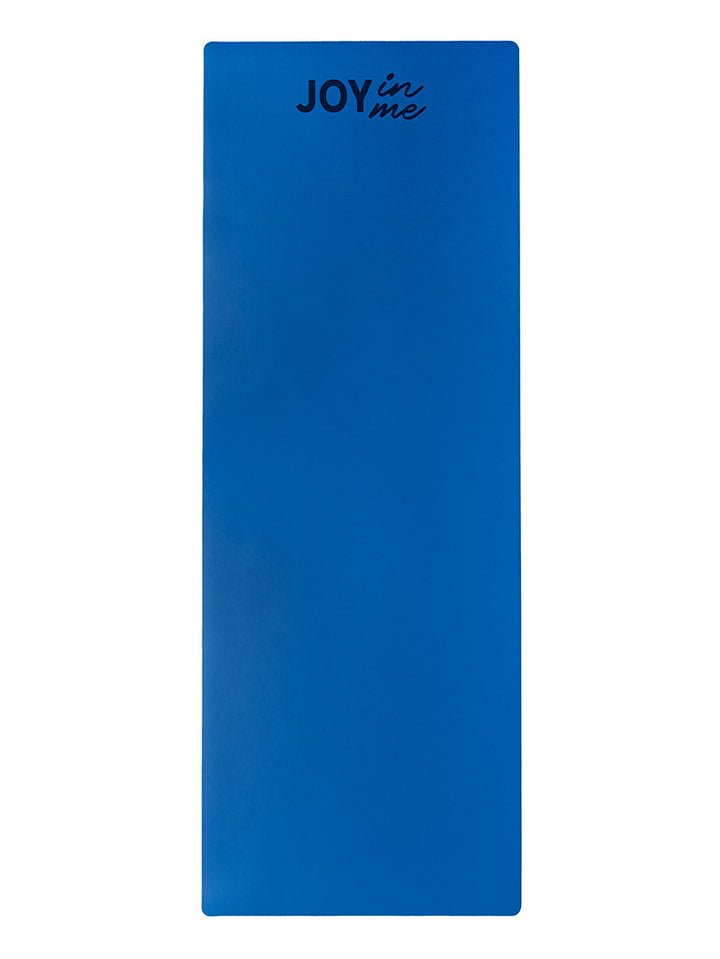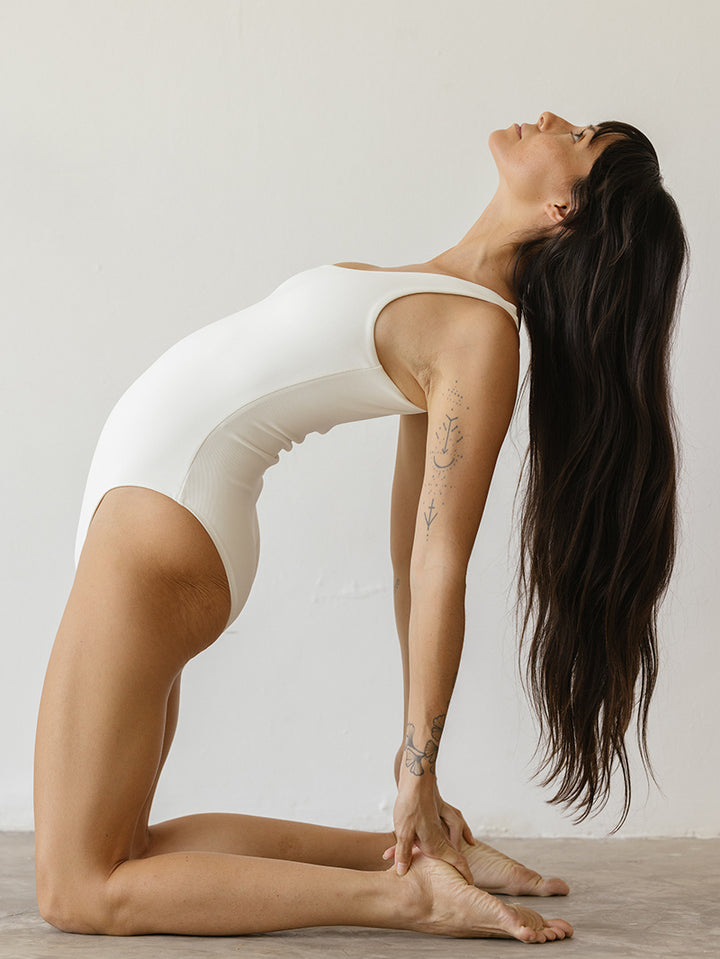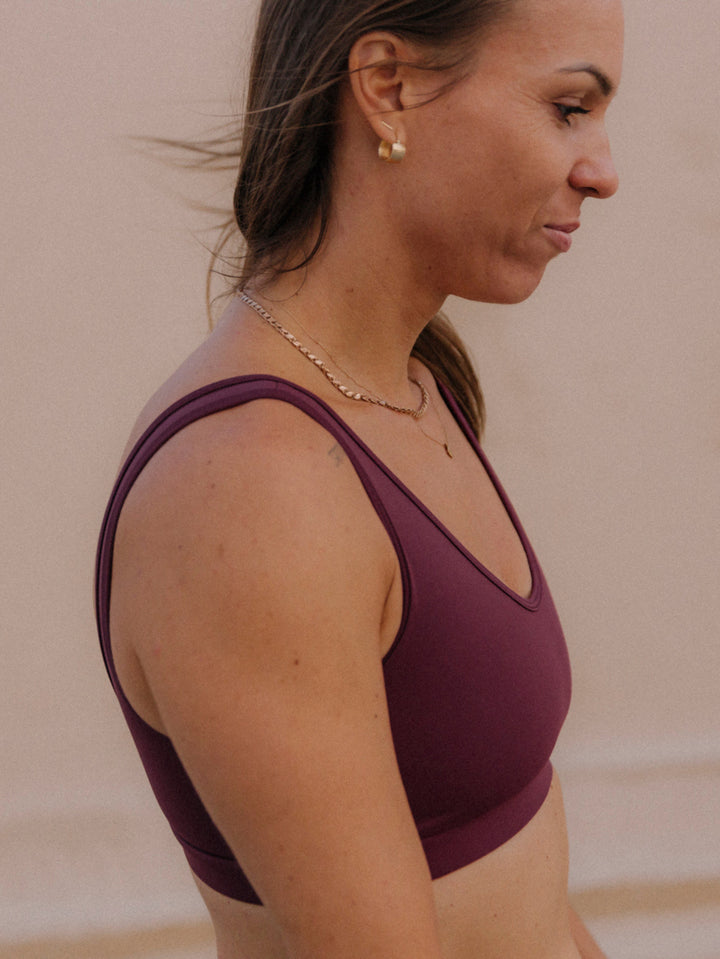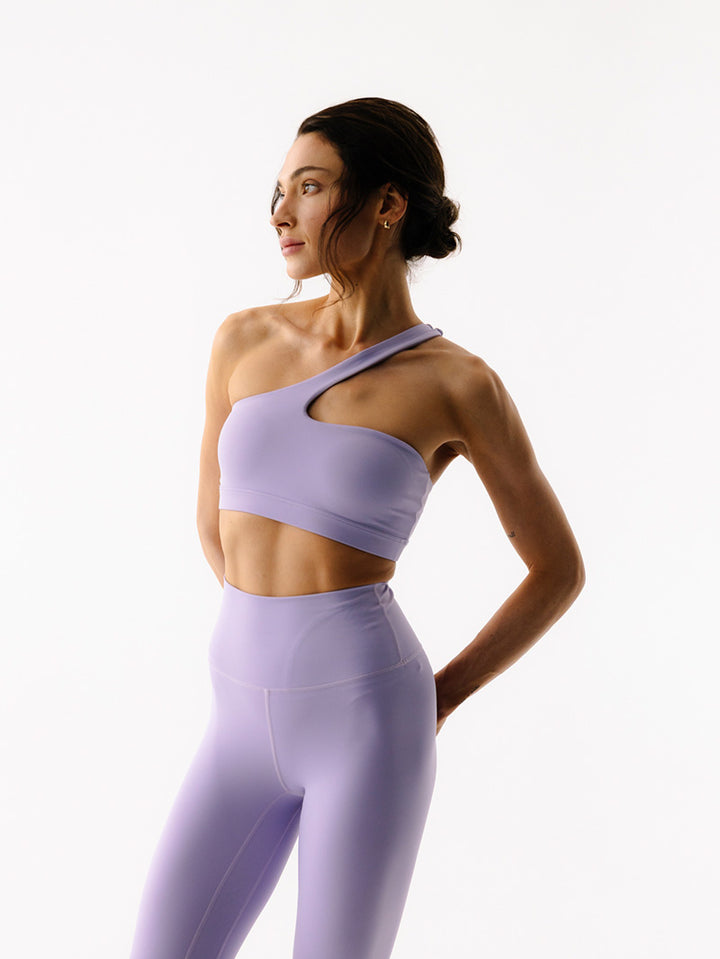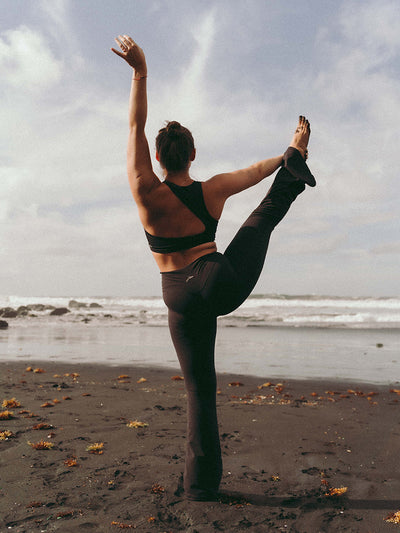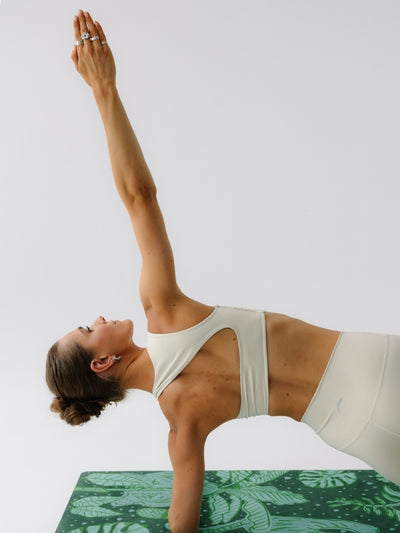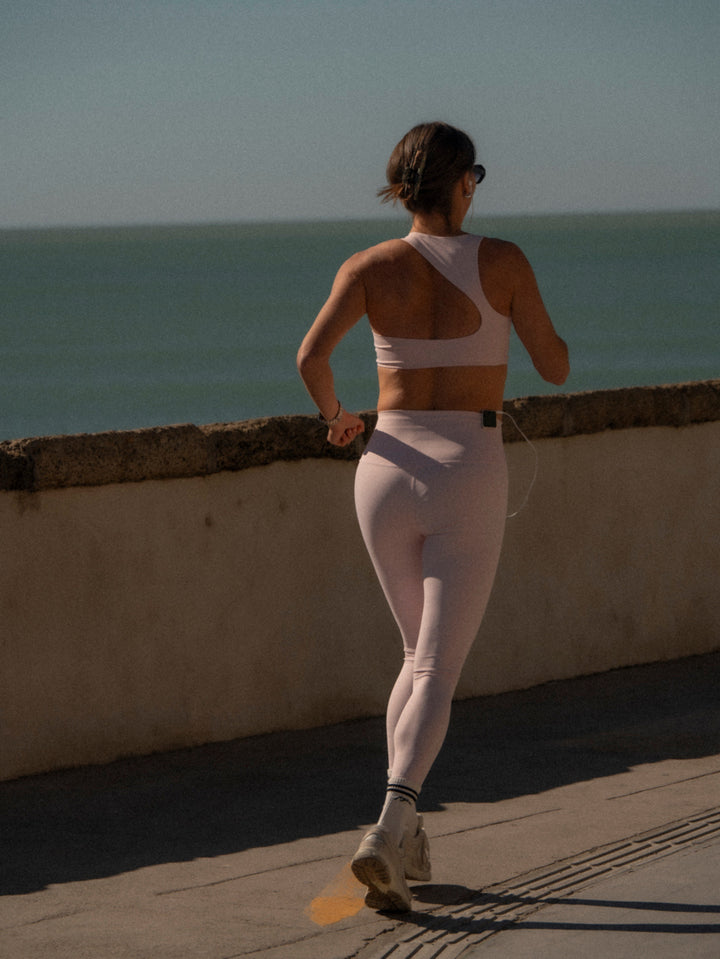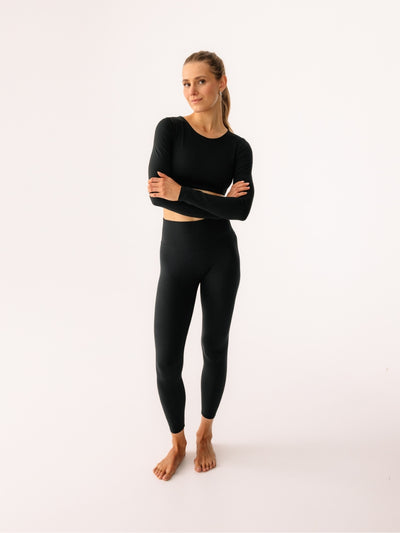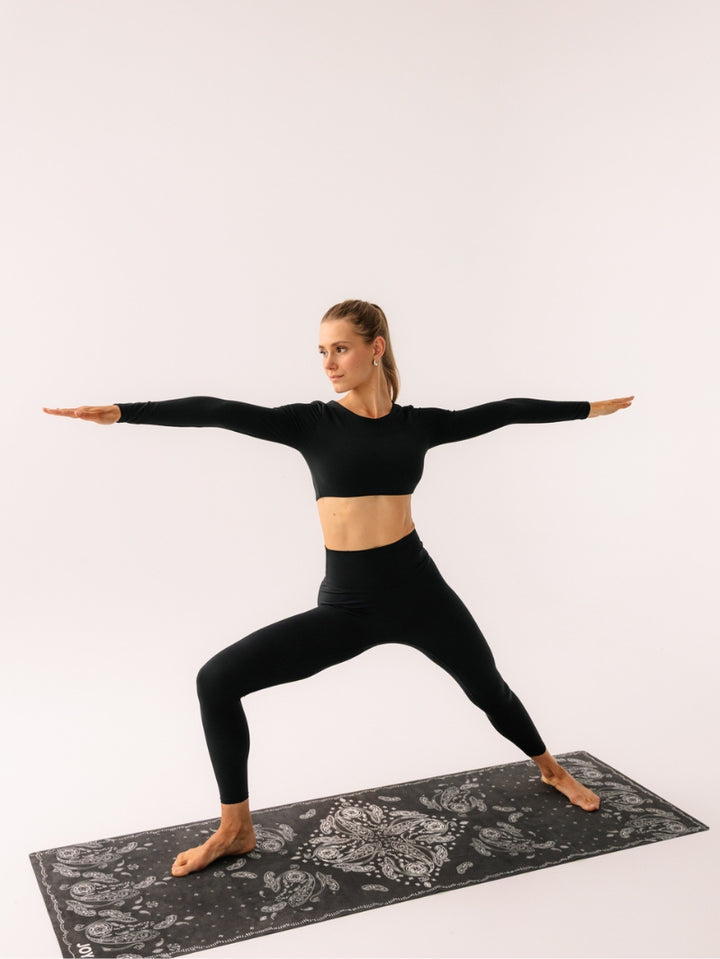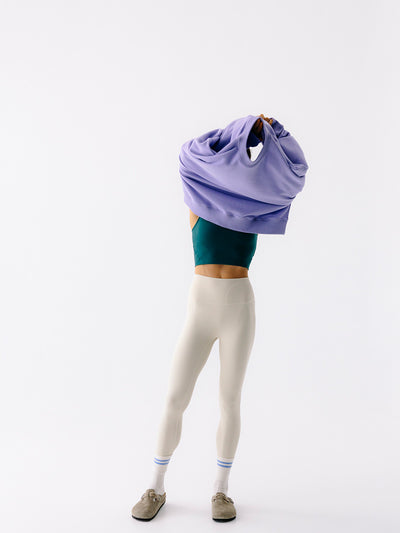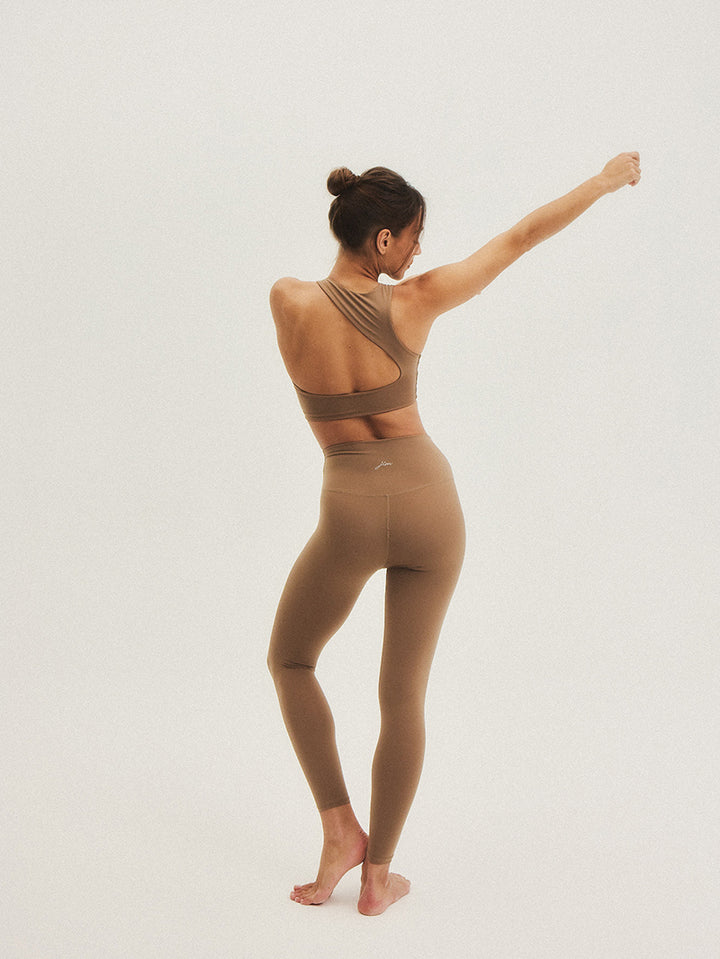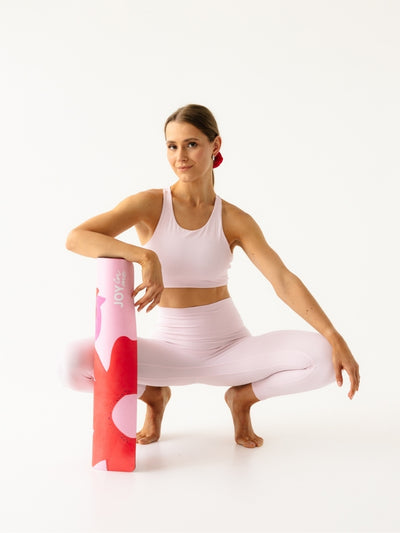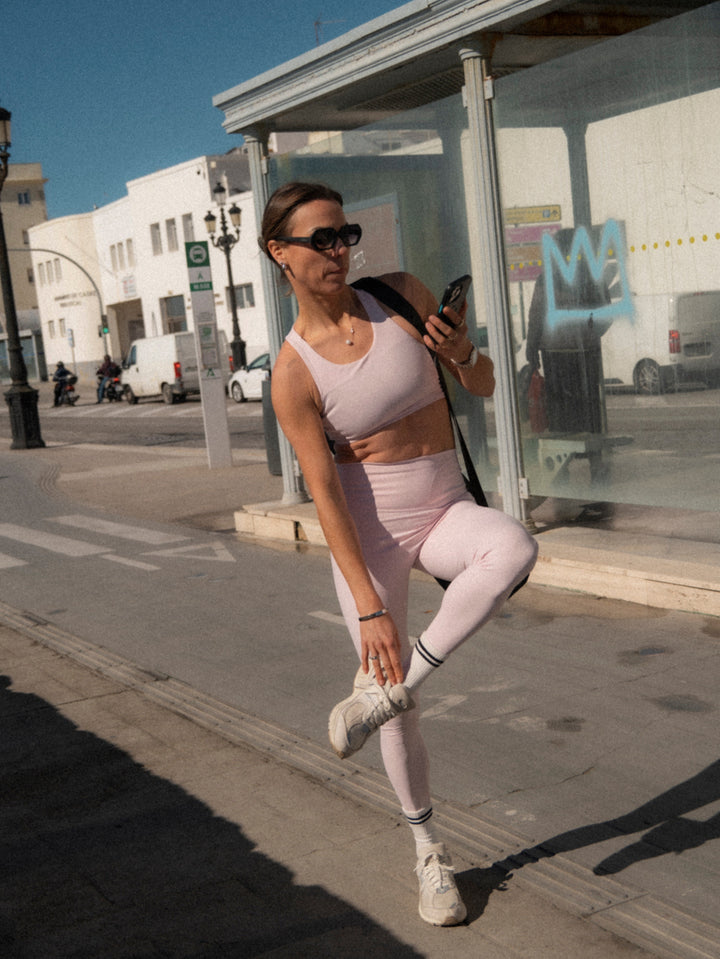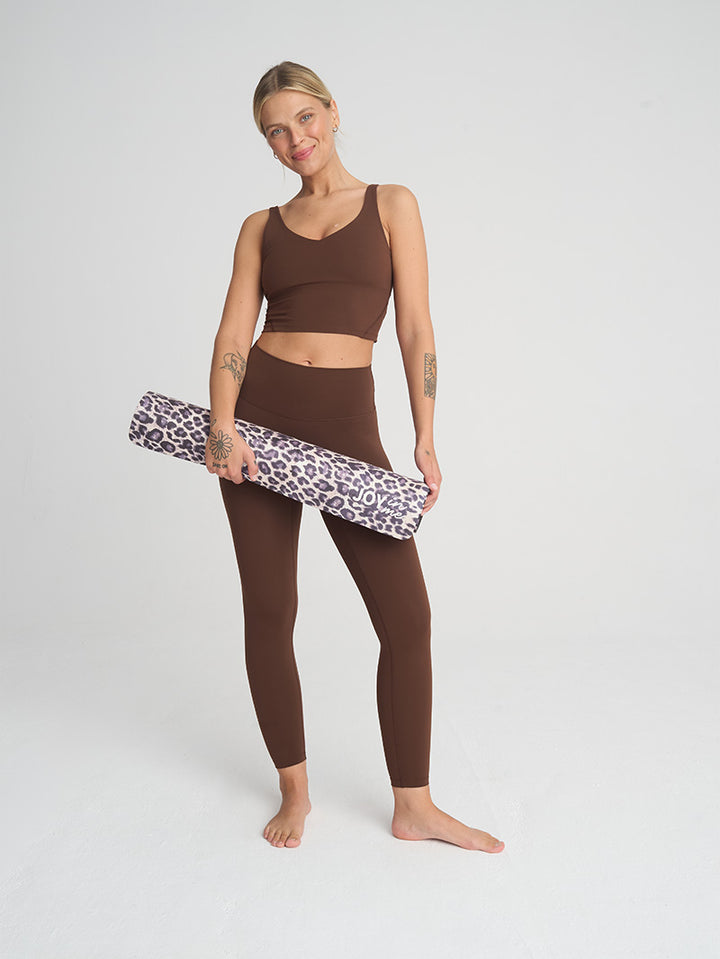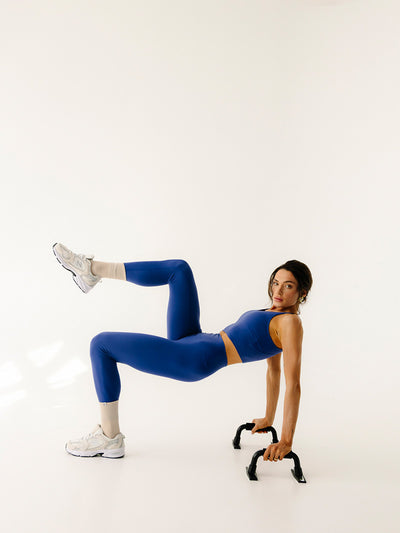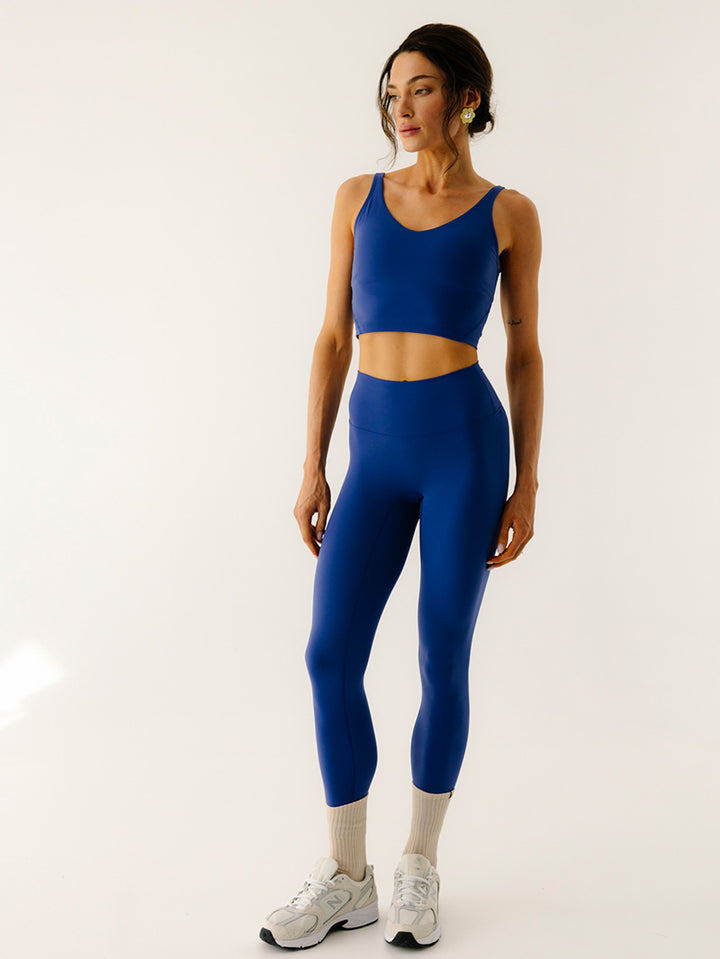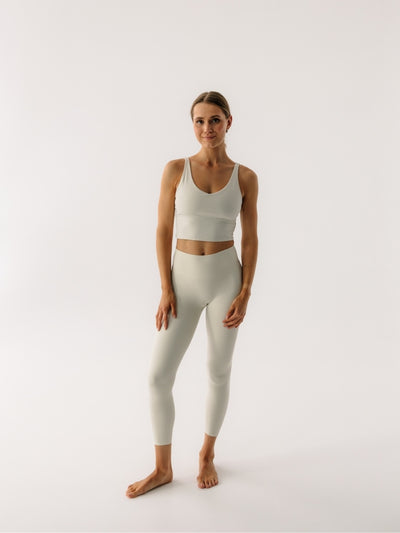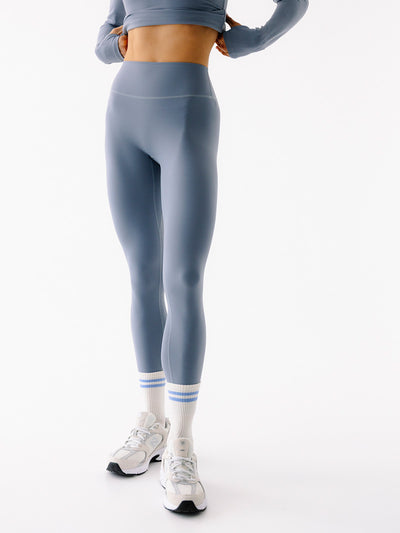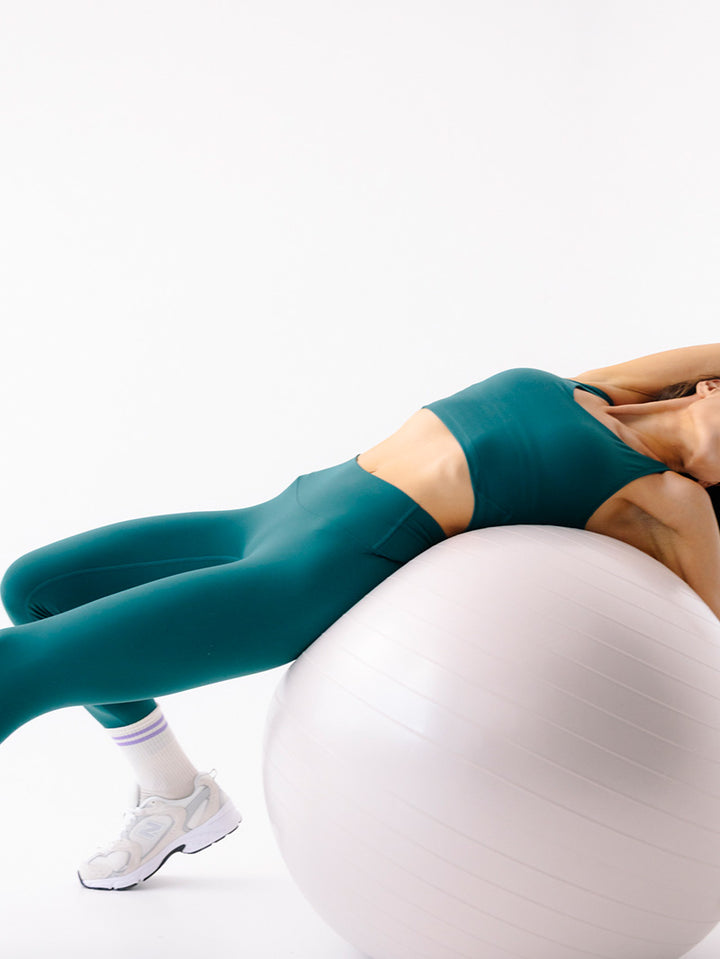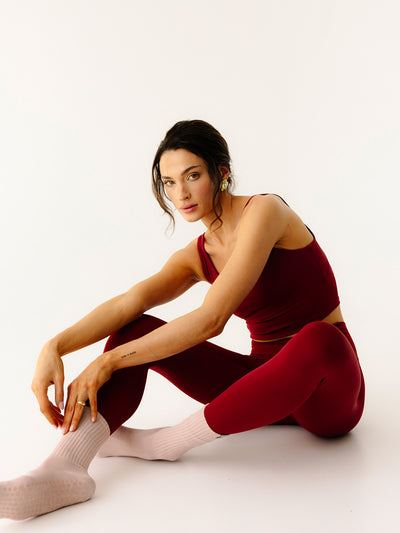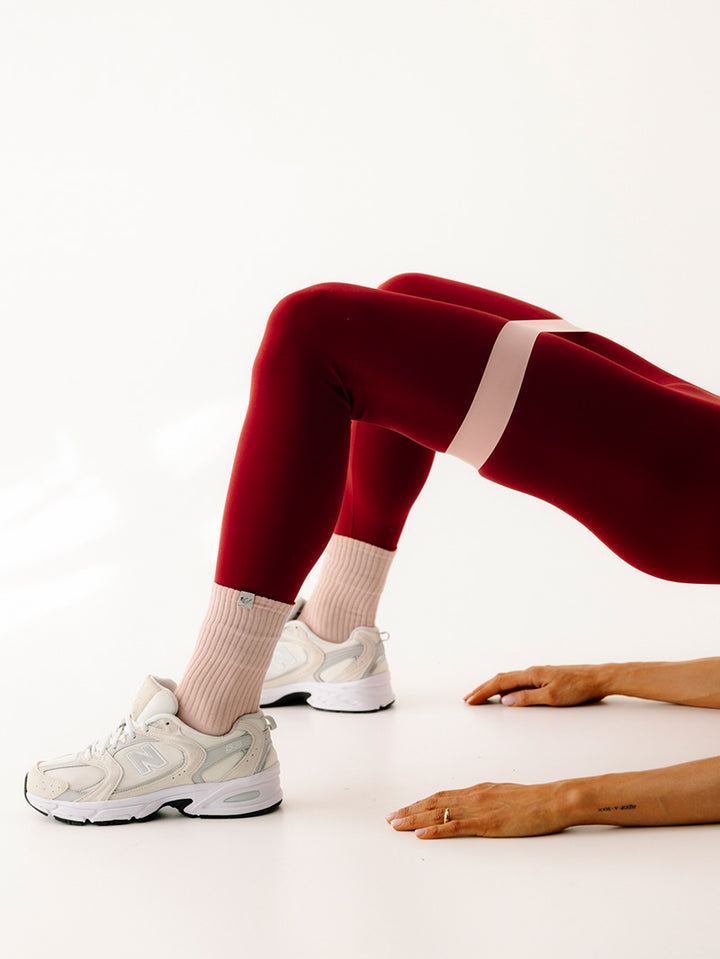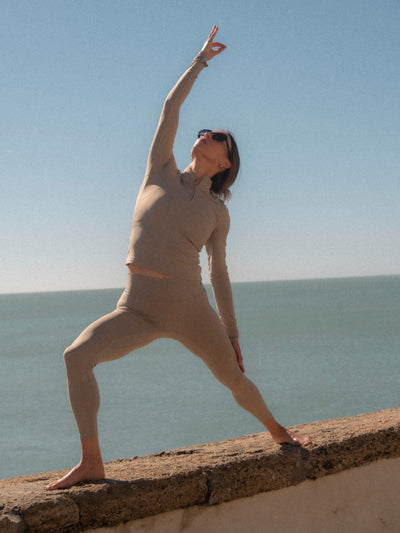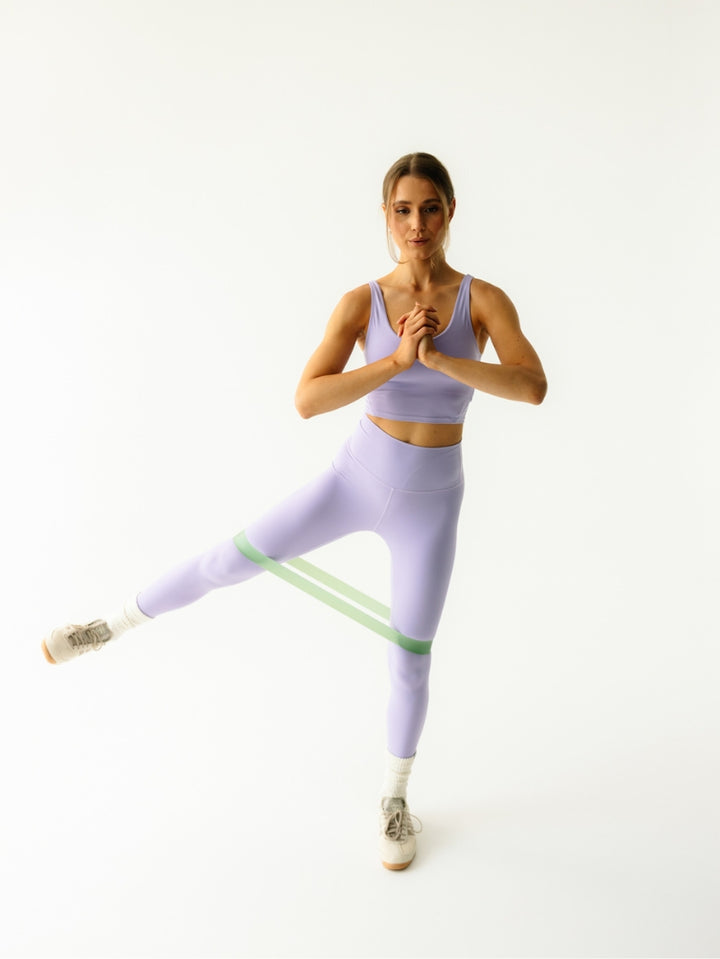Sun Salutation - a yoga sequence for body and soul
Surya Namaskar is one of the most well-known sequences in yoga—it's the one many people start their day with, making a symbolic bow in the morning. Wondering what the benefits of sun salutations are? What benefits can you gain from incorporating this sequence into your daily practice? Learn how to perform Surya Namaskar step by step!
Understanding the Sun Salutation: What is it and where does it come from?
Surya Namaskar (a combination of the words "sun" and "to bow") is a dynamic sequence that serves as an introduction to the practice, characteristic primarily of hatha yoga. This stimulates the mind, warms the body, and achieves inner peace, allowing the resulting energy to accompany us throughout the day. Traditionally, the sequence should be performed in the morning, facing the rising sun.
Although the roots of the Surya Namaskar concept date back to ancient times, specifically the Vedic period, it only became an integral part of yoga (according to K. Pattabhi Jois, guru and popularizer of Ashtanga Vinyasa yoga) about 150 years ago. Interestingly, in Hinduism, the number 108 holds special significance – it symbolizes perfection and harmony, which is why the sun salutation should be repeated that many times.
What do you need to practice sun salutations?
To perform sun salutations correctly and effectively, you need a stable mat that facilitates smooth transitions. Surya Namaskar is characterized by dynamic transitions, so freedom is essential. Choose flexible and well-fitting yoga attire that won't restrict your movements.
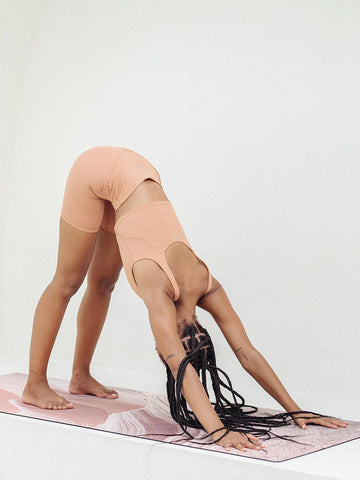
What else should you remember before beginning your sun salutation? It's best to perform this sequence a few hours after your last meal to avoid discomfort. Preparing your body also plays a crucial role, so make sure you warm up properly. When changing positions, pay special attention to your breathing – inhale when relaxing your muscles, and exhale when contracting them.
Sun Salutation Sequence: Step by Step
There are many different sun salutation sequences, with varying degrees of advancement. The classic version consists of 12 positions, namely:
- Tadasana (straight posture, feet together);
- Urdhva Hastasana (hands raised upwards);
- Uttanasana (forward bend);
- Ardha Uttanasana (raising the trunk and straightening the elbows);
- Kumbhakasana (plank pose);
- Chaturanga Dandasana (Staff Pose);
- Urdhva Mukha Svanasana (lying on stomach, hips and head raised);
- Adho Mukha Svanasana (palms resting on the floor, body in an inverted "v" shape);
- Uttanasana;
- Urdhva Hastasana;
- Pranamasana (prayer position).
Many people new to yoga find it difficult to fully perform individual asanas. Remember to stretch as much as you can. The number of repetitions of each sequence should be adjusted according to your physical condition.
Regularity, peace of mind and listening to the needs of your own body will help you achieve inner balance, strengthening your entire body, and regular practice of sun salutations will improve muscle flexibility.



